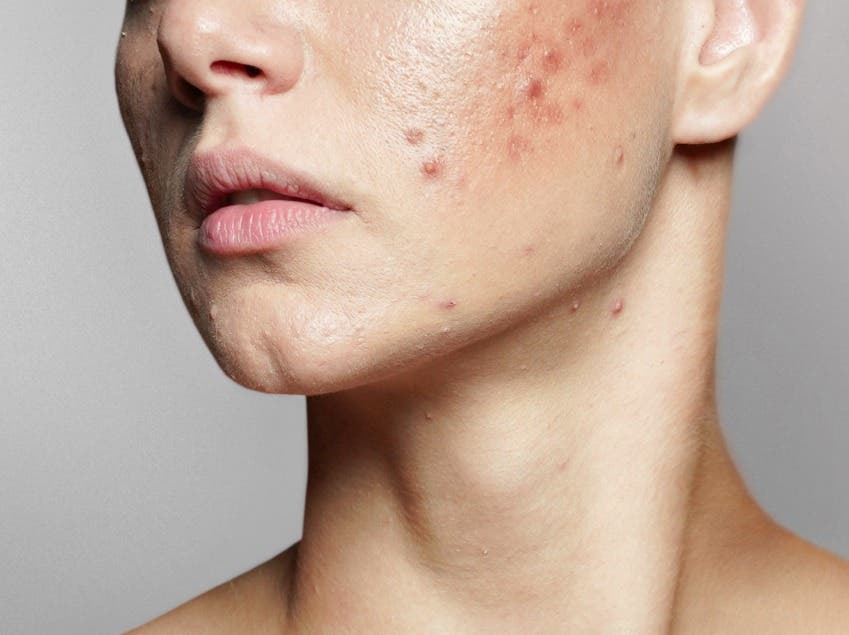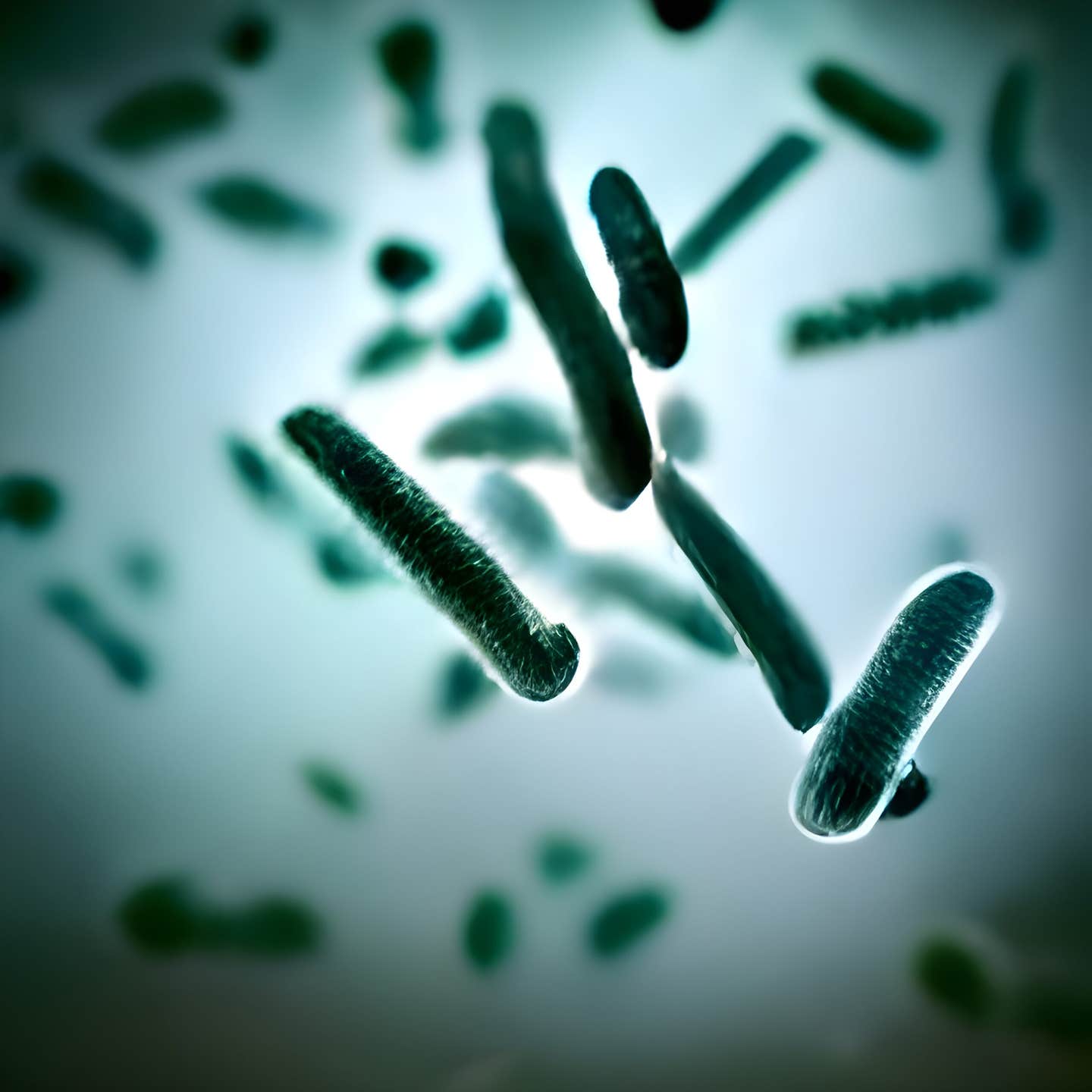Researchers achieve significant breakthrough in the treatment of acne
Research has shown that a type of skin bacterium can efficiently be engineered to produce a protein to regulate sebum production.

[Jan. 15, 2024: JD Shavit, The Brighter Side of News]
Research has shown that a type of skin bacterium can efficiently be engineered to produce a protein to regulate sebum production. (CREDIT: Creative Commons)
Scientists at the Translational Synthetic Biology Laboratory of Pompeu Fabra University, in collaboration with various research institutions worldwide, have achieved a significant breakthrough in the treatment of acne. By efficiently engineering Cutibacterium acnes, a type of skin bacterium, they have successfully produced a therapeutic molecule capable of addressing acne symptoms.
This groundbreaking research, published in Nature Biotechnology, holds promise for revolutionizing the treatment of skin conditions and possibly other diseases using living therapeutics.
Acne is a widespread skin condition caused by the blockage or inflammation of pilosebaceous follicles. It manifests in various forms, including whiteheads, blackheads, pustules, and nodules, primarily affecting areas like the face, forehead, chest, upper back, and shoulders. While acne is most common among adolescents, it can afflict individuals of all ages.
Current treatment options for severe acne often involve antibiotics or isotretinoin (Accutane), a derivative of vitamin A. Antibiotics aim to kill bacteria residing in the follicles, while isotretinoin induces the death of sebocytes, the skin cells responsible for sebum production.
Related Stories:
Unfortunately, these treatments can lead to adverse side effects such as disruptions to the skin microbiome, photosensitivity, birth defects, or extreme scaling of the skin.
The recent study has introduced a novel approach to acne treatment by editing the genome of Cutibacterium acnes. Scientists successfully engineered this bacterium to produce and secrete the NGAL protein, a mediator of isotretinoin's effects that reduces sebum production by inducing sebocyte death.
Nastassia Knödlseder, the first author of the study, explains the innovative approach, saying, "We have developed a topical therapy with a targeted approach, using what nature already has. We engineered a bacterium that lives in the skin and make it produce what our skin needs. Here, we focused on treating acne, but this platform can be extended to several other indications."
Image illustrating the finding created by the authors of the research, with artificial intelligence. (CREDIT: UPF)
Cutibacterium acnes was previously considered challenging to manipulate, making it an attractive target for synthetic biology. Its natural habitat deep within hair follicles, where sebum is released, and its crucial role in maintaining skin homeostasis prompted researchers to persist in editing its genome.
To achieve this feat, the research team, led by Marc Güell, focused on improving DNA delivery, stability inside the bacterium, and gene expression. They also implemented a biocontainment strategy to ensure safety in potential future therapeutic applications.
Optimization of electrotransformation in C. acnes and NGAL expression. (CREDIT: Nature Biotechnology)
In laboratory tests, the engineered C. acnes successfully produced the NGAL protein, modulating sebum production in cell lines. When applied to the skin of mice, the engineered bacteria engrafted, survived, and produced the desired protein. However, due to the differences between mouse and human skin, researchers are looking to develop alternative models that better represent human skin, such as 3D skin models.
Marc Güell emphasizes the broader potential of their technology platform, stating, "We have developed a technology platform that opens the door to editing any bacteria to treat multiple diseases. We are now focused on using C. acnes to treat acne, but we can deliver genetic circuits to create smart microbes for applications related to skin sensing or immune modulation."
Engraftment of an NGAL-producing C. acnes strain on mouse skin. (CREDIT: Nature Biotechnology)
This research will continue under the European Project 'SkinDev,' where scientists from the Translational Synthetic Biology lab will work to engineer C. acnes to address atopic dermatitis, a chronic inflammatory skin condition common among young children.
While each living therapeutics strategy requires individual validation, researchers are optimistic about the potential of these smart microbes for human applications, as non-engineered C. acnes has already been safely and effectively tested on patients' skin. This pioneering work could usher in a new era of personalized and effective treatments for various skin conditions and beyond.
For more science and technology stories check out our New Discoveries section at The Brighter Side of News.
Note: Materials provided above by The Brighter Side of News. Content may be edited for style and length.
Like these kind of feel good stories? Get the Brighter Side of News' newsletter.



